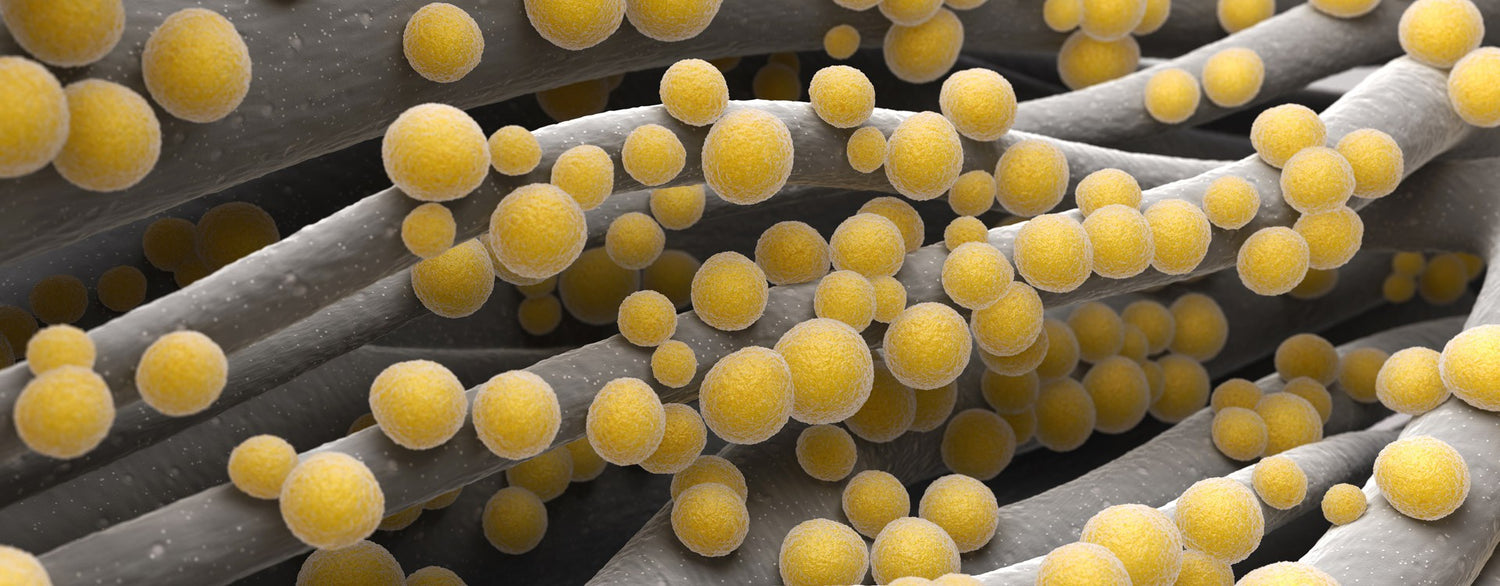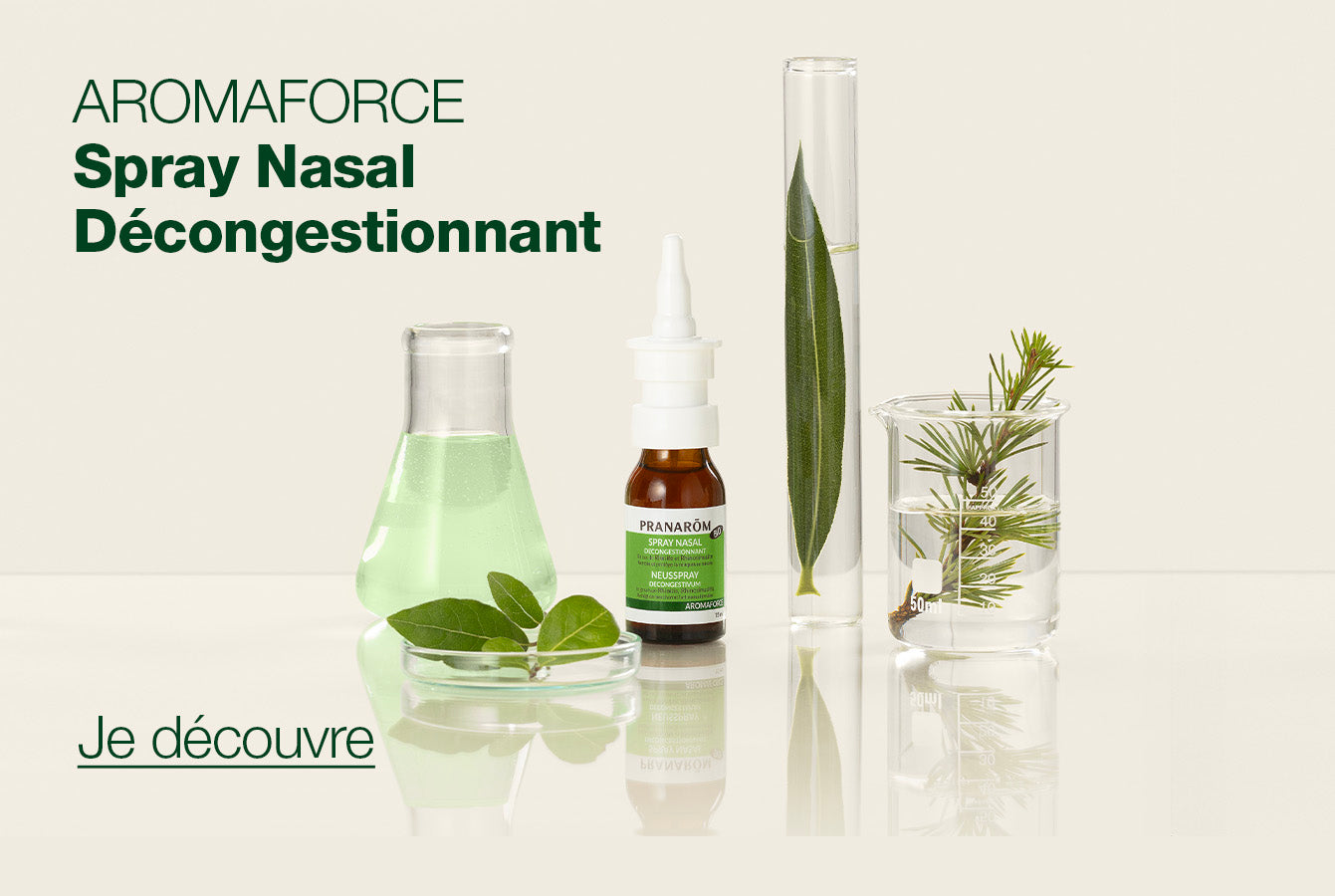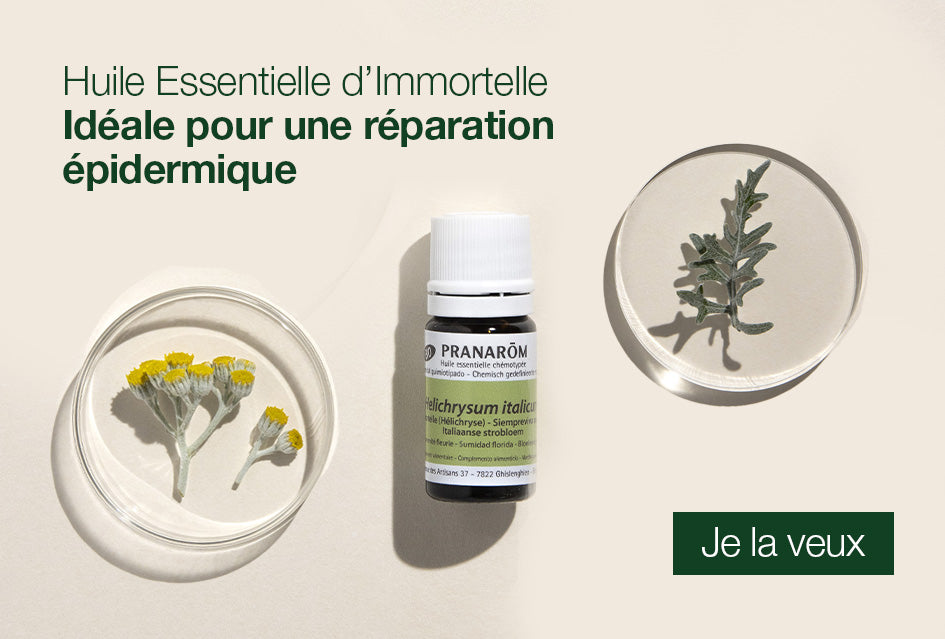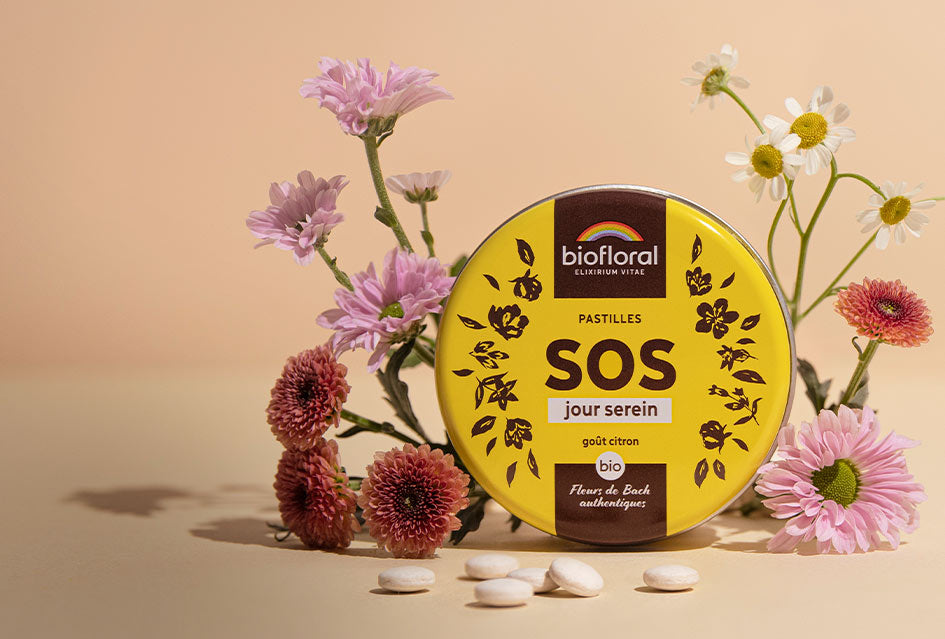Microbial spoilage is the most common cause of food deterioration. Thus, one of the major concerns of the food industry is the control of spoilage and pathogenic organisms. Therefore, a broad range of chemicals that inhibit microbial growth are added to food during manufacture to extend shelf-life and ensure food safety and quality. However, although the effectiveness of traditional preservatives is recognized, their safety has been questioned (Türkoglu 2007).
Functional and ultrastructural changes in pseudomonas aeruginosa and staphylococcus aureus cells induced by cinnamomum verum essential oil












